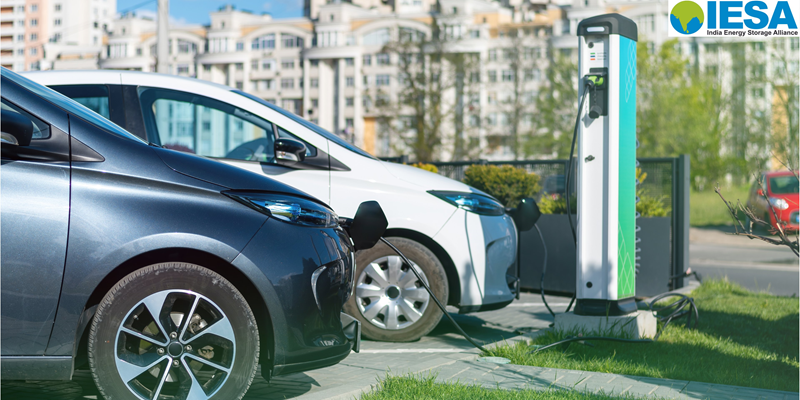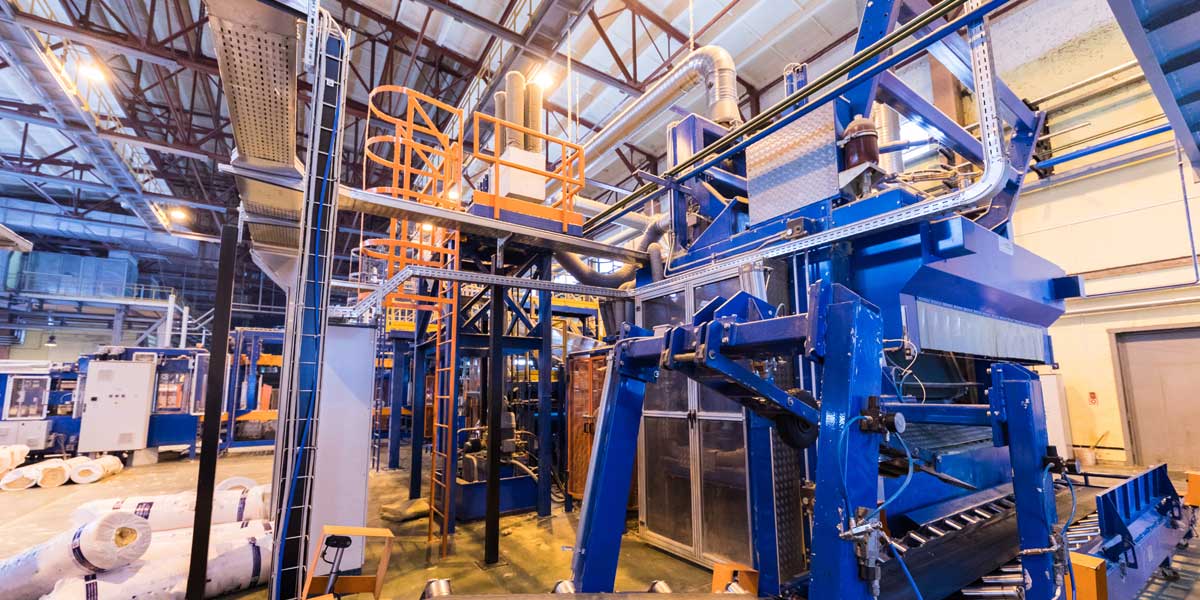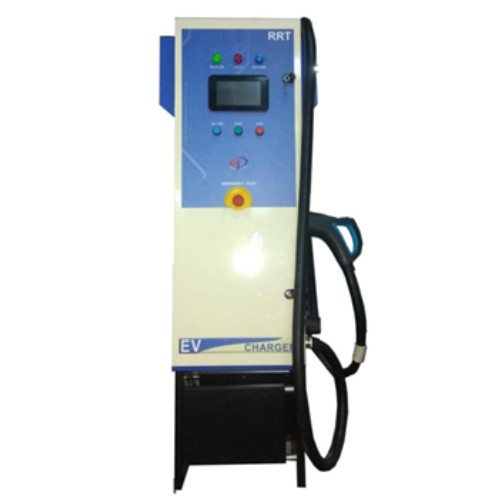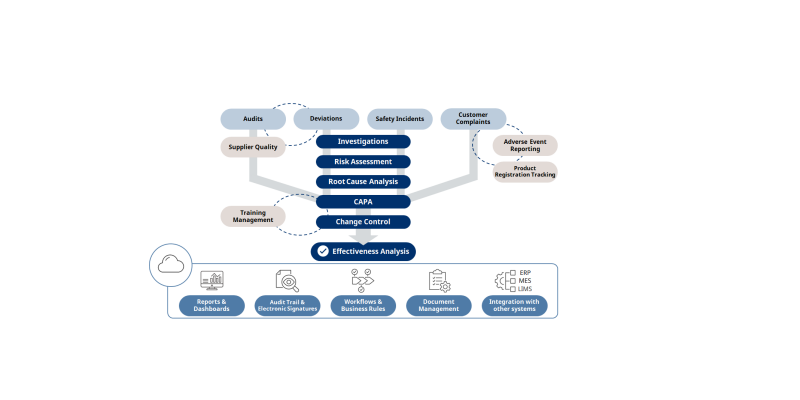Schedule a Call Back
Operational EVs in India to cross 28 million units in 2030; IESA
 Industry News
Industry News- Feb 21,25

Related Stories

Operational EVs in India to cross 28 million units in 2030; IESA
According to the report, the total installed capacity (of India) is required to grow from 466 GW in January 2025 to 900 GW by 2032.
Read more
Electric 3-wheelers driving change: Naveeth Menon
The private sector is also playing a crucial role in driving the adoption of electric three-wheelers. Startups are developing customised solutions tailored to India’s unique market requirements, f..
Read more
India emerges as a global manufacturing hub: K L Bansal
As India’s manufacturing sector focuses on export oriented manufacturing, integration of advanced technologies has become inevitable. The sector must explore the possibilities of employing solutio..
Read moreRelated Products
Tata Motors unveils facilities for development of Hydrogen propulsion tech
Tata Motors, India?s largest automobile company, unveiled two state-of-the-art & new-age R&D facilities for meeting its mission of offering sustainable mobility solutions. The unveilings constitute of Read more
Tata Motors plans petrol powertrain for Harrier and Safari SUVs
Tata Motors is in the process of developing a new petrol powertrain for its premium sports utility vehicles, the Harrier and Safari, as confirmed by a senior company official. Currently, these models Read more

Electric Vehicle Charger
RRT Electro is engaged in manufacturing of customized Power Electronic Products over two decades having capability to Design, Develop, Prototyping, Regulatory Compliance testing & Certification, Manuf Read more














